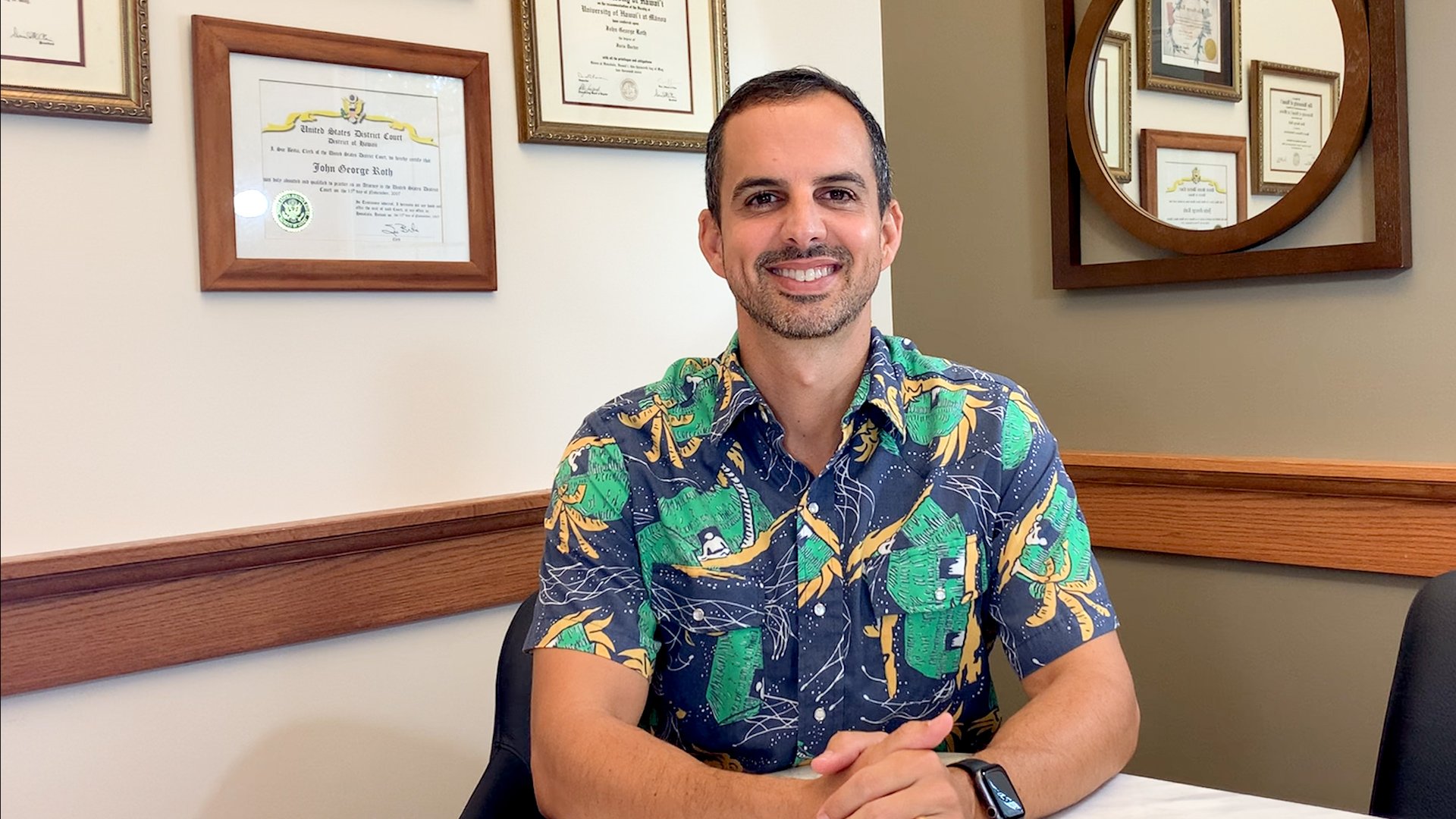The old expression, “you can’t take it with you,” applies to debts as well as assets.
Debts usually must be paid by the executor of the decedent’s probate estate or a successor trustee, using funds from the probate or trust estate. Neither they nor the decedent’s surviving family members can be forced to use their own funds to pay the decedent’s debts.
Debts outstanding at the time of a person’s death often include a mortgage note, credit card balance, and unpaid taxes.
Mortgage creditors hold a secured interest in the mortgaged property. If not timely paid in accordance with the mortgage agreement, a secured creditor can force the sale of the mortgaged property, and get paid out of the sale proceeds.
A properly documented estate plan is always clear about not just who the decedent wanted to receive the mortgaged property, but whether other estate assets should be used to pay off the mortgage debt. When will and trust documents are silent or less-than-clear about this latter, state law provides a presumption, but expensive litigation may be needed to resolve the issue.
Some secured debts, such as reverse mortgages, require that the entire debt be paid within a fixed period, often one year following the decedent’s death. In such cases, the beneficiary of the mortgaged property typically ends up having to sell or refinance the property.
Some unsecured debts, such as government claims for unpaid taxes, have priority over other unsecured debts. Claims for probate or trust administration services also qualify for priority status. The point is that not all claims are created equally.
If a probate or trust estate is insufficient to pay all the decedent’s debts, the executor or successor trustee must be careful to pay first any claims with priority status.
Creditors normally have at least 4 months but no more than 18 months in which to submit their claims. Unsecured creditors who fail to do so normally do not ever have to be paid.
If the decedent engaged in some form of asset protection planning, some or perhaps even all the unsecured creditors may be out of luck. Tenancies by the entirety and domestic asset-protection trusts are examples of such planning devices.
Sometimes the decedent had been a beneficiary and trustee of a trust established by someone else. Such trusts have often been designed to protect trust assets from the past, present, and future creditors of the now-deceased beneficiary/trustee. The major difference with the domestic asset-protection trusts mentioned above, is that these had to be created by someone other than the beneficiary/trustee.
As always, I must add that this column does not contain legal advice, and that you should not rely on any of the above information to determine what is in your own best interest.
JOHN ROTH
John Roth is the founder of Hawaii Trust & Estate Counsel, a statewide estate planning law firm with offices in Waimea, Hilo, Kona, and Honolulu. He has taught Estate Planning at the Richardson School of Law, and business law courses at the University of Hawaii—Hilo. He has resided in North Hawaii since 2008. Learn more…







What assets should you put in your trust? Avoiding probate, planning in case of incapacity, and making things as easier for loved ones after your death are all things to consider.